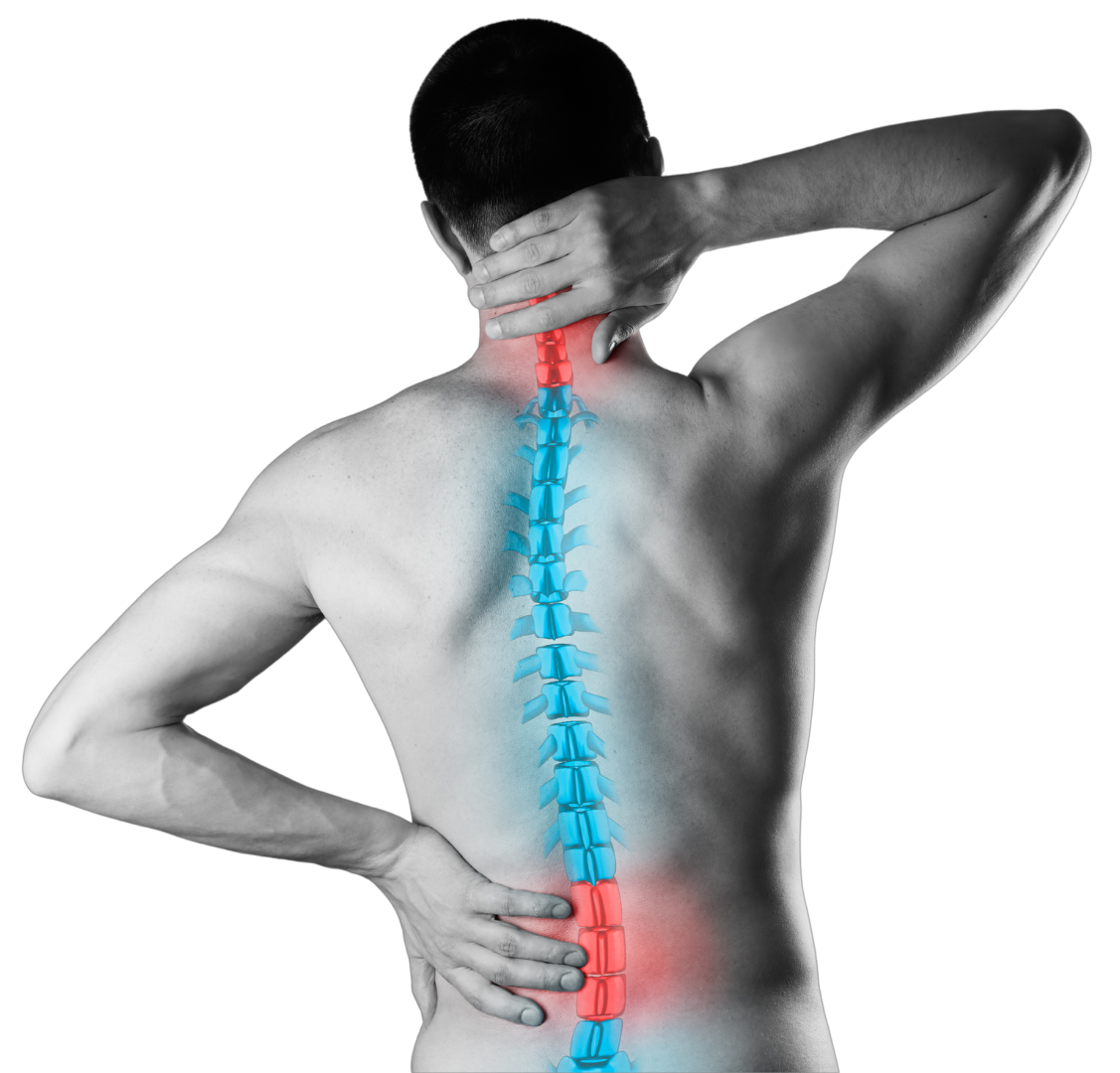Spondylosis
About Spondylosis
Spondylosis, also called spinal osteoarthritis, is a form of arthritis caused by wear and tear to the spine. This occurs when discs and joints degenerate or when bone spurs develop on the vertebrae or both. In addition to impairing spine movement, these changes can also affect nerves and other bodily functions. Spondylosis is often used in the setting of X-ray evaluation of the spine, describing a flattening or reduction in height of the intervertebral disc in the setting of degeneration.
Spondylosis is a common condition, but it usually does not directly point to any serious health risks. It is usually not painful, but some patients may experience pain. The condition worsens as one age and can affect any part of the spine, including:
- Cervical spondylosis – affects the neck
- Thoracic spondylosis – affects the upper and middle part of the spine
- Lumbar spondylosis – affects the lower part of the spine

Symptoms Of Spondylosis
Pain and stiffness
Difficulty in walking
Other symptoms
A Message About Spondylosis
Spondylosis is often painless. The pain relating to degenerative spinal conditions is often separate from the degeneration/spondylosis. It may be related to a nerve compression or discogenic pain or facet arthritis or instability of the spine etc. We need to address the underlying condition to reverse the pain condition.
Treatment of the underlying pain condition will not reverse Spondylosis. We do not reverse the degeneration but aim to treat and control the pain condition. Spondylosis is often associated with other conditions such as scoliosis, osteophyte formation, vertebrae fracture and spondylolisthesis. These may need other forms of treatment to address their pain condition.
Diagnosing Spondylosis
Here at Singapore Paincare, our team of experienced primary care doctors and pain care specialists together with an orthopaedic doctor will evaluate your condition. An X-ray, MRI or CT scan may also be needed to check the severity of the condition.
What Treatments Are Available for Spondylosis?
At Singapore Paincare, we strive to treat your pain with the least invasive option possible after accurately identifying the cause. Our approach to pain resolution focuses on the removal of pain generators via specialised injection and minimally invasive procedures. Combined with pharmacological treatments and cognitive and physical rehabilitative therapies, we help patients improve their functions and prevent pain from recurring.
Non-Surgical Treatment for Spondylosis
Spinal Bracing
Non-Steroidal Anti-Inflammatory drugs
Neurospan Radiofrequency Injections
Physical Therapy
Surgical Treatment for Spondylosis
Non-surgical treatment has been effective for the majority of spondylosis cases, surgery is rarely required unless the pain does not respond well to conservative options. As surgery always comes with associated risk, complications and downtime, it may not be suitable for everyone. You should carefully weigh the decision before deciding to go under the knife by considering the pros and cons of both non-surgical methods and surgical reconstruction.
Surgery
How Can I Prevent Spondylosis?
While you can’t stop ageing and avoid having spondylosis, you can follow these tips to keep your spine healthy:
- Getting plenty of rest
- Exercising regularly
- Maintaining a good posture
- Maintaining a healthy weight
- Stop smoking and avoid excessive use of alcohol
Get Your Pain Resolved
Send your enquiries or consult our pain experts today.


